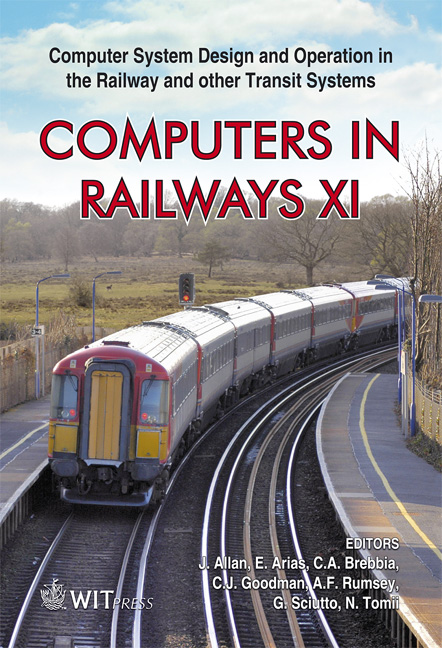Automated Analysis Of Train Event Recorder Data To Improve Micro-simulation Models
Price
Free (open access)
Transaction
Volume
103
Pages
9
Page Range
575 - 583
Published
2008
Size
530 kb
Paper DOI
10.2495/CR080561
Copyright
WIT Press
Author(s)
S. de Fabris, G. Longo & G. Medeossi
Abstract
In recent years on board digital train event recorders have been developed: these devices allow one to collect very detailed data about train movements and signal status. The new Italian ATC SCMT on board subsystem is combined with the DIS (Driver Information System) that collects both kinetic behaviour and all signal and balises messages. Unfortunately, this large amount of data is normally stored but not used except for failure and maintenance management. At the same time the use of micro simulation tools has been extended to large scale problems. A known problem exists in the calibration and validation of these models. In this paper a new tool is presented. This software allows one to analyse reallife collected data, to perform very detailed analysis of train movements, pointing out speed depending on position and signal aspects, acceleration, braking curves and dwell time graphically and by means of parameters. Train behaviour can also be connected to punctuality, to find out differences between on time and late running. This tool may be very useful for: large scale model validation, definition of the stochastic behaviour of the system (travel time, dwell time, initial delay), calibration of braking and acceleration curves for various train types, acceleration percentage depending on different conditions. In other words, the software allows one to set up a link between real data and micro simulation models. The tool has been tested in the north-eastern part of Italy. In this case study, a significant precision increase in the stochastic simulation results has been reached. Keywords: railway simulation, railway planning, train event recorder.
Keywords
railway simulation, railway planning, train event recorder.





